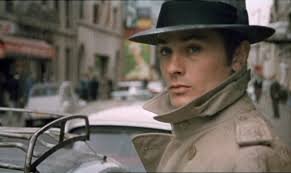S
smcder
Guest
Nor is it even clear why this supposedly runs counter to the spirit of the natural sciences. It is quite conceivable that some future physics might find merit in a concept of indirect causation; far weirder things have happened. But that’s not even the point.
The point is that philosophy has a different subject matter from natural science, that neither was born to be the handmaid of the other, and that philosophy’s job is to follow its own findings wherever they may lead, not to limp along after the known textbook science that is generally a bit behind the cutting edge anyway.
To give just one example, if Leibniz’s metaphysics had merely limped along after the natural science of his day, we would never have had his relativist doctrine of time and space.
He simply would have been reduced to flattering Newton if not even earlier figures. It’s important to respect science and draw inspiration from it. It would be appalling, however, to turn philosophy into its voluntary handmaid. No good reason has ever been given for doing so. In authors such as Ladyman and Ross, for instance, it is merely asserted. I’ve already published an article on that book, and that article can already be read, in Society and Space.
science
philosophy
handmaidens
Zuhandigmagdenkeit
The point is that philosophy has a different subject matter from natural science, that neither was born to be the handmaid of the other, and that philosophy’s job is to follow its own findings wherever they may lead, not to limp along after the known textbook science that is generally a bit behind the cutting edge anyway.
To give just one example, if Leibniz’s metaphysics had merely limped along after the natural science of his day, we would never have had his relativist doctrine of time and space.
He simply would have been reduced to flattering Newton if not even earlier figures. It’s important to respect science and draw inspiration from it. It would be appalling, however, to turn philosophy into its voluntary handmaid. No good reason has ever been given for doing so. In authors such as Ladyman and Ross, for instance, it is merely asserted. I’ve already published an article on that book, and that article can already be read, in Society and Space.
science
philosophy
handmaidens
Zuhandigmagdenkeit






 and lots on You Tube, you can pretty much watch Ideology on Youtube, one piece at a time.
and lots on You Tube, you can pretty much watch Ideology on Youtube, one piece at a time.